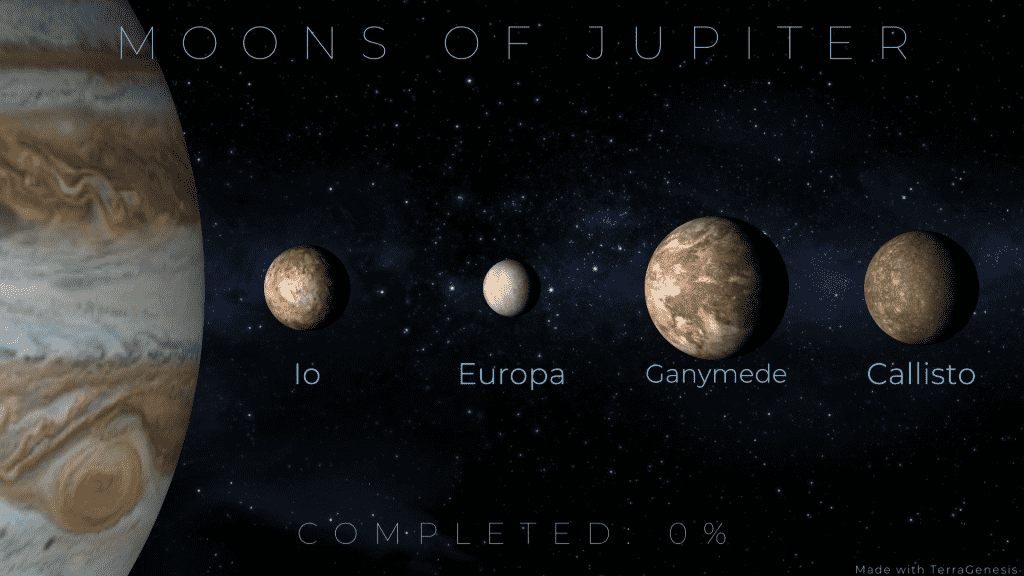MetaBallStudios is a channel on YouTube. They compare the size of various extraterrestrial bodies with the size of NYC. One of those bodies is Jupiter’s moon. The comparison provides insight into whether or not the massive scale of Jupiter’s moon is accurate. Guess what it is.
There are a lot of giant gas moons, and not all of them are gigantic. Some are pretty small and would only turn a part of Manhattan into debris should they fall, but that is not the case with the planet’s four Galilean moons are far larger, ranging from a diameter of roughly 2,000 miles in the case of Europa to Ganymede’s chonky 3,270 miles.

All these moons are mystery subjects, as scientists have no clue how they were formed. But, especially the Europa, scientists believe the satellite is covered in a layer of ice with a massive ocean lurking beneath it. This makes it an extraordinary astronomical body to study in our solar system.
The video here shows Jupiter’s moons in an animated view. However, NASA’s James Webb Space Telescope recently got a real-life look, capturing a highly detailed image of the planet alongside Europa.
In 2019 scientists discovered 20 additional moons orbiting Saturn. This brought the total tally of moons around Saturn to 82, two more than Jupiter. So no water is no longer the planet with the maximum number of moons in the solar system, but Saturn is.
Fortunately, we’ll get closer to Jupiter’s captivating satellites thanks to NASA’s upcoming Europa Clipper mission — and we can’t wait to see the results.


